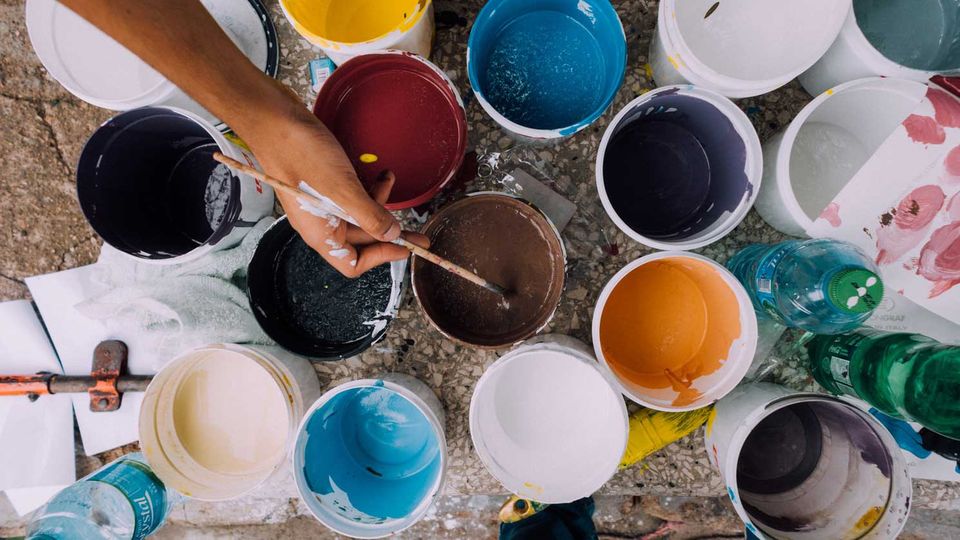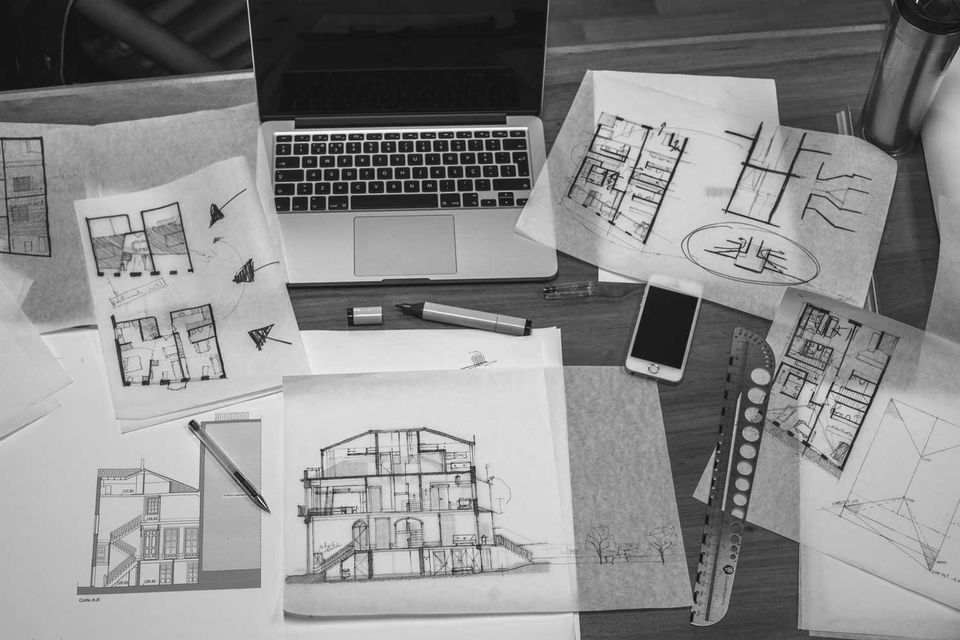6 Tips to Achieve Creative Flow
Website Editor • September 5, 2019
You know that feeling when you're completely one with an activity and lose all sense of time? The world seeps away and there's nothing left between you and what you're doing. That's called flow.
Not only is a flow state a highly rewarding experience, but also you will likely produce your best work during it. Undoubtedly, that’s where you want to be. Here, we lay out 6 tips to help you get to that elusive state.

1. Develop the skills necessary to meet the challenge
If you're not skilled enough to meet the challenge set in front of you, you'll experience a state of anxiety rather than a state of flow. Take the time to hone and develop your technical skills.
2. Set aside sufficient time
Make sure you have enough time to really get into your work. If you allocate too little time, you'll find yourself spending more time trying to empty your mind than actually working. Find a balance between your commitments and private time.
3. Meditate
Five minutes beforehand is enough time to practise some mindfulness. Focus your awareness on your surroundings and try to quiet your mind of outside distractions.
4. Take a quick walk
This is particularly helpful if you live close to nature or a park. Many people find getting some fresh air in the outdoors to be a great means of calming their mind.
5. Cut distractions out of your workspace
Choose a quiet workspace clear of clutter, and silence all technological distractions too. They can wait an hour.
6. Enjoy what you're doing
The most important part of a flow state is the intrinsic enjoyment of the activity. Remember your love of creation and don't stress about the end results. You will probably come to find that you created something better than you initially intended to.
Try these tips out for yourself, and let us know what activity you achieve flow in. Happy creating!
Scriba is a revolutionary digital stylus that is ergonomically designed to comfortably fit your hand and uses unique Squeeze-Motion technology. Order here.
Articles

The United Nations has described the disruption to education caused by the pandemic as ‘unparalleled’. At the virus’ worldwide peak in April, it is estimated that over 90% of all enrolled learners, from kindergarten to bachelors and beyond, had their education affected by school closures and the pandemic (UNESCO). For many university students and older children, they have had to adapt quickly to online learning. They can keep in touch with their peers and teachers online and continue their studies, albeit in a highly modified way. As challenging as this may be, this experience will help equip them for a future that is increasingly online. For parents of younger children, they are assuming a new role: their child’s home school teacher. This is in addition to their usual childcare and household duties, their work responsibilities and often emotional and financial worries caused by the pandemic. Stressful? Yes. The good, and somewhat surprising, news? The experts advise that you don’t teach your children - at least not in the way you might expect.

If the recent outbreak of Covid-19 has taught us anything, it's that many adults do not wash their hands effectively. It has never been more important that we support our children to develop good personal hygiene to keep themselves and our families safe. This seemingly easy task can be very difficult for children with fine motor skill difficulties. In this article, we explore some ideas to support your child with hand washing.

Lockdown has brought the digital future into the now. Online shopping, entertainment, education and more have moved from the periphery to the mainstream to, in many cases, the only option. With the necessity of social distancing looking to continue for many months, it appears that this rapid digital revolution is here to stay. This means that life as we know it, in most of its sectors, has changed forever. In order to survive, businesses are having to adapt rapidly, embrace technology and look to the future. Architecture is no exception. There has been a widespread adoption of technology and VR over the past few months in response to the lockdown across all of society. Elderly grandparents who were once resistant to adopt new technologies talk of “Zooming” and have started video chatting with their family members to combat loneliness. Art galleries that were once considered stuffy or pretentious are now pioneers in VR technology, with Google Art & Culture offering tours of London’s National Gallery or the Musee D’Orsay in Paris. These virtual tours deliver art in a dynamic new way that can be far more engaging than regular photos. Critics have applauded the panoramic and immersive views of gallery building and exhibitions which work well for rendering of 2 dimensional art, however impressions of sculpture is somewhat lacklustre. With VR technology, users can enjoy a truly immersive experience in the comforts, and safety, of their own home. The COVID-19 pandemic has served as an accelerant for the arts and entertainment industries to embrace VR.





